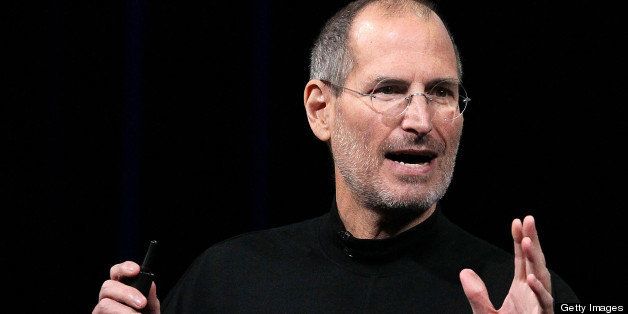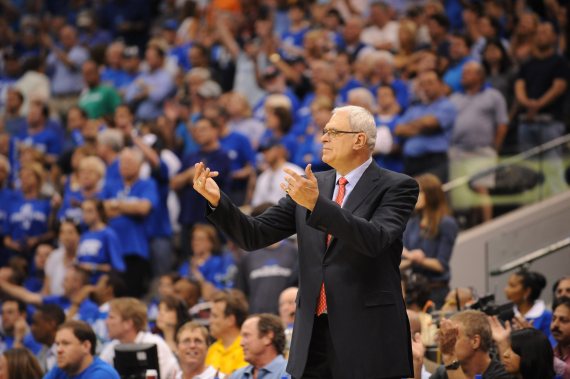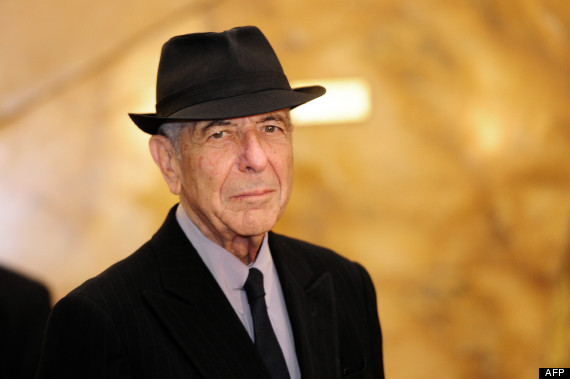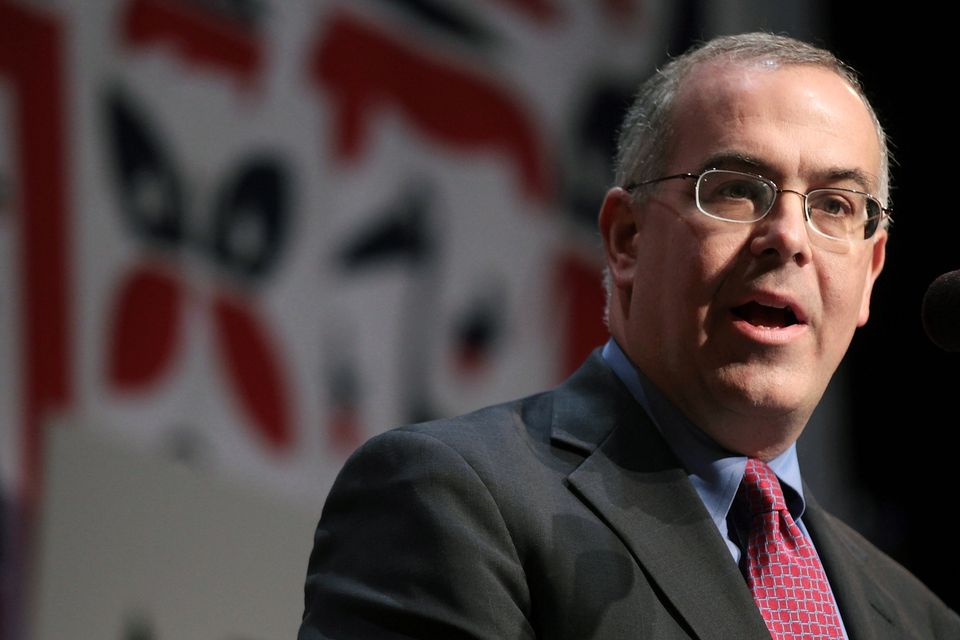
Mindfulness and meditation are some of the most popular practices among leaders in fields as disparate as business and the arts. But even before meditation entered the mainstream, a few public figures quietly credited the practice with their greatest ideas and successes.
Research has demonstrated that meditation can in fact boost focus and creativity. A 2011 study found meditation to boost both divergent thinking, which helps new ideas to be generated, and convergent thinking, which is linked with effective problem-solving. With more and more research proving meditation's extensive cognitive benefits, increasing numbers of artists, writers, musicians, athletes and business innovators are turning to the practice to tap into their deepest creative potential.
“Ideas are like fish," the filmmaker David Lynch wrote in "Catching the Big Fish," a book on meditation and creativity. "If you want to catch little fish, you can stay in the shallow water. But if you want to catch the big fish, you’ve got to go deeper. Down deep, the fish are more powerful and more pure.They’re huge and abstract. And they’re very beautiful.”
Here are six brilliant ideas and institutions that came about as a result of meditation.
Apple's sleek design.

Steve Jobs was a practicing Zen Buddhist, and many credit the sleek, minimalist design of Apple products to the tech visionary's Zen philosophy and meditation practice.
"He was a real explorer and very much to be mourned -- and too young at 56," Robert Thurman, a professor of Indo-Tibetan Buddhist Studies at Columbia University, told ABC News. "We will remember the design simplicity of his products. That simplicity is a Zen idea."
Although Jobs never explicitly said that Zen inspired the design of his products, more than one biographer or friend, including Caleb Melby, who wrote "The Zen of Steve Jobs" and Walter Isaacson's "Steve Jobs" have suggested a connection between the sleek, simple design of Apple products and Jobs' Zen meditation practice. Zen principles also helped Jobs get in touch with his customers' desires and needs, according to Isaacson.
“Instead of relying on market research, he honed his version of empathy -- an intimate intuition about the desires of his customers," Isaacson wrote in a Harvard Business Review blog post. "He developed his appreciation for intuition -- feelings that are based on accumulated experiential wisdom -- while he was studying Buddhism in India as a college dropout.”
The Beatles' 'White Album'

The Beatles experienced a sort of creative rebirth while on their 1968 pilgrimage to Rishikesh, India, while visiting the ashram of guru Maharishi Mahesh Yogi. The group didn't depart on the best terms with Maharishi (they declared themselves no longer his spiritual disciples, and Lennon wrote "Sexy Sadie" as a scathing commentary on Maharishi's alleged sexual advances towards women at the ashram), but all that meditation may have served their music well. Paul McCartney, George Harrison and John Lennon wrote a wealth of songs while in India and immediately following the trip, many of which would later come together in "The White Album."
"Whatever shortcomings the Beatles’ interaction with the maharishi may have had, the experience -- which lasted only eight months, from August 1967 to April 1968 -- seems to have opened a floodgate of creativity and got them out of what threatened to be a creative rut," the New York Times wrote in 2008.
David Lynch's "Mulholland Drive"

In his book "Catching the Big Fish: Meditation, Consciousness and Creativity," famed director-turned-Transcendental Meditation guru David Lynch describes how much meditation plays a part in his creative process (he explains meditation as a way to "dive within" and "catch" those big ideas). Lynch credits many of the best ideas for his critically-acclaimed art house films to his 32-year Transcendental Meditation practice, which helps him to access his deepest creative potential.
"I sat down in a chair at 6:30. And at 7:00, they were all there," Lynch told Filmmaker Magazine in 2001 about how he figured out the end of the film. "They came out of a kind of darkness and made themselves known."
Whole Foods

CEO John Mackey's meditation practice set the foundation for the values that define Whole Foods today. Mackey wrote in his book, "Conscious Capitalism," that meditating helped him to realize his business's highest purpose.
"My search for meaning and purpose led me into the counterculture movement of the late 1960's and 1970's," Mackey wrote. "I studied Eastern philosophy and religion at the time and still practice both yoga and meditation. I studied ecology. I became a vegetarian."
Phil Jackson's Basketball Success

Phil Jackson, arguably the most successful coach in American professional sports, turned to Zen Buddhism to lead the Chicago Bulls to NBA victory. In a recent interview with Oprah, Jackson said that the driving concept behind his coaching method is the zen principle of "one breath, one mind." In addition to teaching his players meditation, Jackson also implemented tactics to boost focus and mental agility like a "day of silence" and having his players practice in the dark.
"I approached it with mindfulness," Jackson told Oprah. "As much as we pump iron and we run to build our strength up, we need to build our mental strength up... so we can focus... so we can be in concert with one another."
Leonard Cohen, "Ten New Songs"

Legendary Canadian musician and poet Leonard Cohen spent much of his early career writing songs that express suffering and angst, reflecting his own struggle with depression and addiction. But later in his life, Cohen experienced a radical change of perspective.
"Cohen had spent the past 50 years ploughing his way through drugs, drink, countless women and several religions in an attempt to find release from this 'backdrop' of self-doubt," the Guardian wrote. "But the cure was more simple -- he learned to ignore himself."
During the late 1990s, Cohen turned his life around by taking up Zen Buddhism, spending time at Mt. Baldy Zen Center, a Rinzai Zen monastery outside Los Angeles. After his stay there, Cohen released the 2001 album Ten New Songs with a distinctly different sound than his previous work. The album went platinum in his native Canada.
"In the new album, Ten New Songs, Cohen seems to have reinvented himself," wrote The Guardian. "Gone is the anxiety of the last 50 years, and the one-liners of the past decade. In its place is contentment and a much more considered set of worries."
CORRECTION: An earlier version of this article stated that The Beatles went to India in 1969, when it fact it was 1968. The story has been updated.
